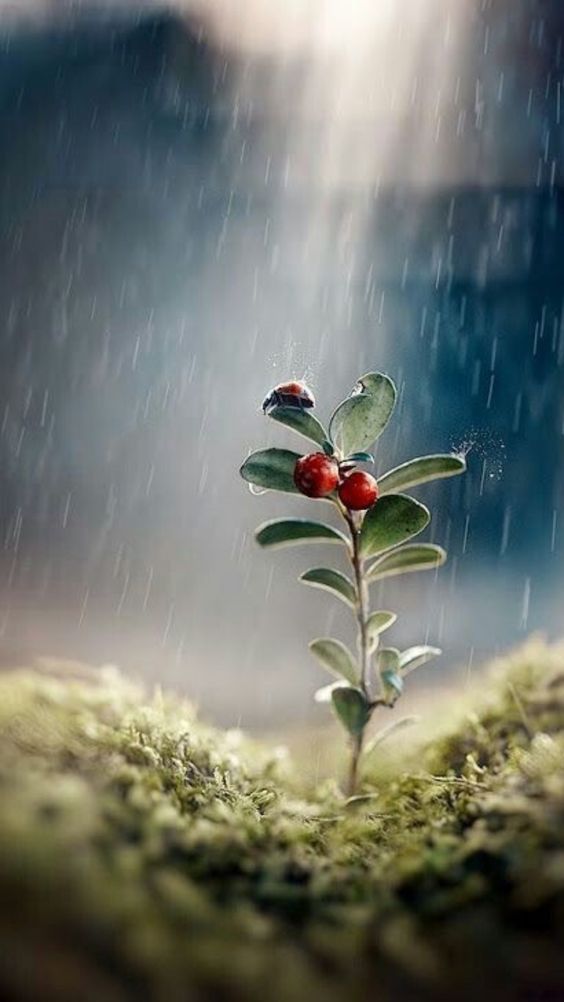Dear Integral Meditators,
I hope your winter Solstice and Christmas breaks are going great! We’re now in that little pocket of time between Christmas and the new year. Here’s a half hour meditation on renewal that I recorded in class recently (click to listen and/or download). It’s one that I really enjoy and find useful. A basic description of the meditation is below.
In the spirit of renewal,
Toby
Christmas comes around the same time as the winter solstice (northern hemisphere the 21st/22nd December). It is the time when the light of the sun, having reached its lowest ebb begins to gradually become stronger once more, eventually taking us into spring. Here is a simple meditation image that I like to contemplate around this time:
- Imagine you are a seed in the ground in a winter landscape. Up until now you have been dormant, almost as if dead, but now at this time of the year something awakens deep within you; a spark of light, an awakening of life, right within the centre or core of yourself as a seed.
- As you meditate on the image of the seed, feel a renewal of light and life deep within your heart of hearts; an awakening of the first seeds of your highest potential as you move forward in to a new cycle of life in the new year.
- You may not know what this new cycle of life will bring, but for now there is no need to worry about that. For now simply sit quietly and acknowledge the first awakening of this new life deep within you and allow it to nurture and renew you.
Until January 8th: Special offer of 15% off on Toby’s Mindful goals coaching
Get your new year started on the right note1 This is a 1:1 coaching service with Toby that focuses upon how you can use engaged mindfulness and meditation as a way of achieving specific goals in your life.
- Are you looking for concrete ways that you can combine improving your mental peace and centeredness with moving forward toward your goals in life?
- Do you sometimes find yourself struggling to bridge the gap between your life goals and your daily actions/experiences?
- Would you like to have a personally created mindfulness training program designed specifically for your needs and to help you achieve what you want in life? …click here for full details!
Upcoming Courses at Integral Meditation AsiaOngoing on Wednesday’s, 7.30-8.30pm – Wednesday Meditation Classes at Basic Essence with Toby
Ongoing on Tuesday evenings, 7.30-8.30pm – Tuesday Meditation Classes at One Heart with Toby (East coast)
Monday 6.15-7.15 & Wednesday 12.15-1.15 – Integral Meditation classes at Space2B on Stanley Street
Saturday mornings 9-10.15am :5th & 12th January – Qi Gong workout and meditation class
Saturdays January 5th & 19th, 4-5.30pm – Mindfulness group coaching sessions with Toby
Tues & Weds January 1st, 2nd, 7.30-8.30pm – New year balancing and renewing meditation
Tues & weds January 8th & 9th – Monthly astrological meditation – Capricorn; developing your inner self-leadership
Saturday 19th January 2-3.30pm – Get your meditation practice started now- The shortest and most time effective meditation workshop ever
Saturday 26th January, 1-4pm – Growing your mindful freedom meditation workshop
FEBRUARY
Satruday 9th February, 9.30-12.30 – Going from overwhelmed to overwell meditation workshop
Integral Meditation Asia
Online Courses * 1:1 Coaching * Books * Live Workshops * Corporate Mindfulness Training *Life-Coaching * Meditation Technology






 Visual keys to subtle meditation states
Visual keys to subtle meditation states Learning to conserve, build and circulate your energy (not waste it though dissipation and distraction)
Learning to conserve, build and circulate your energy (not waste it though dissipation and distraction) Seven essential dimensions of meditation practice
Seven essential dimensions of meditation practice
